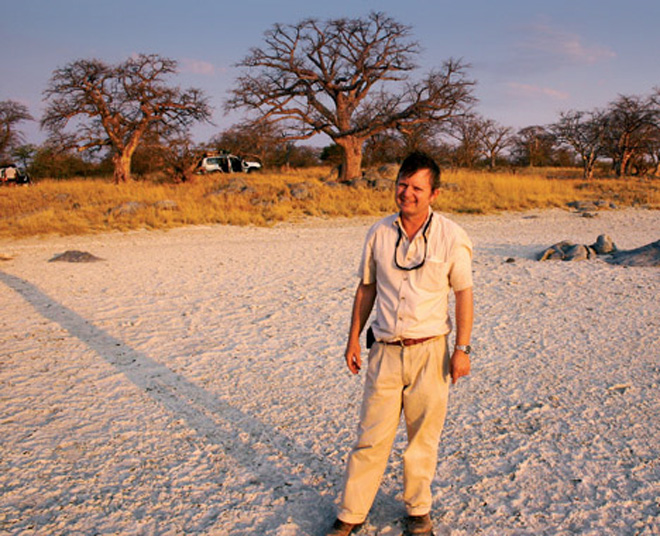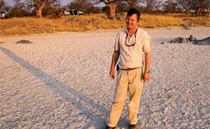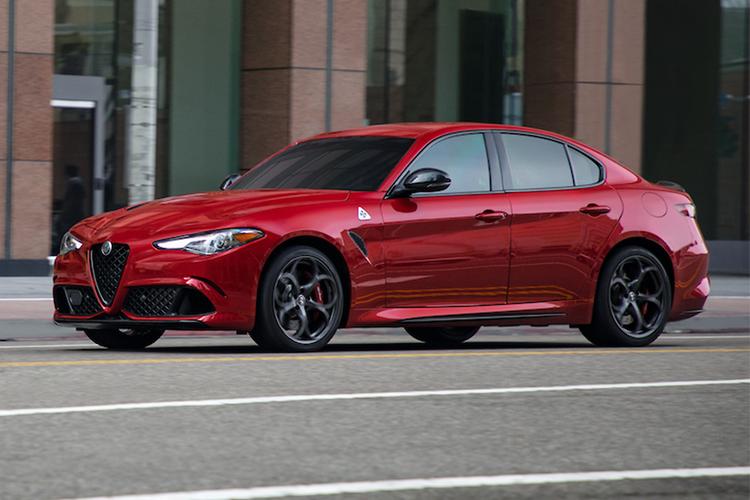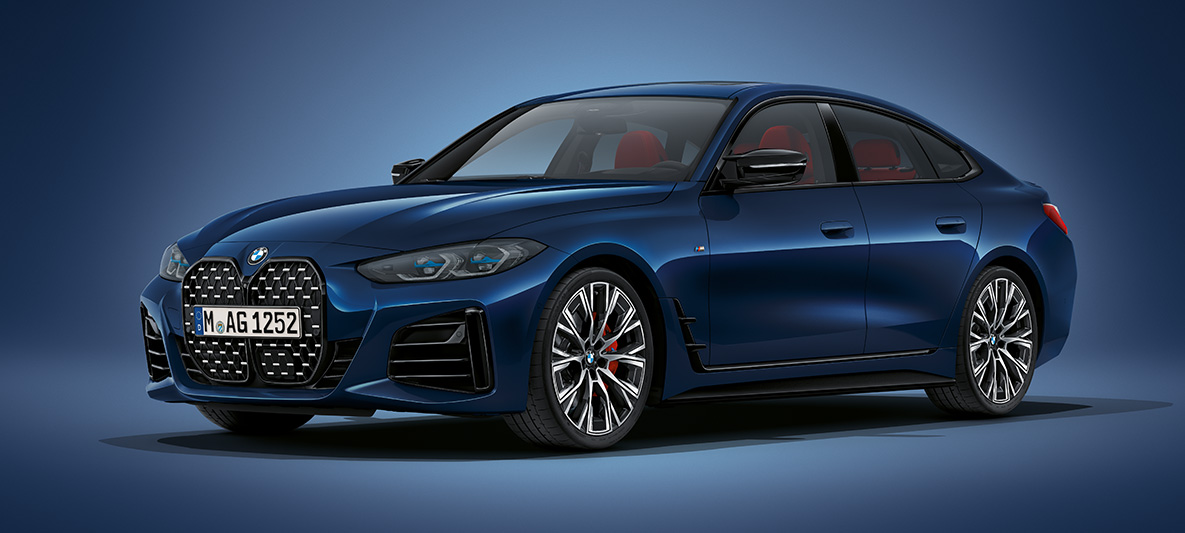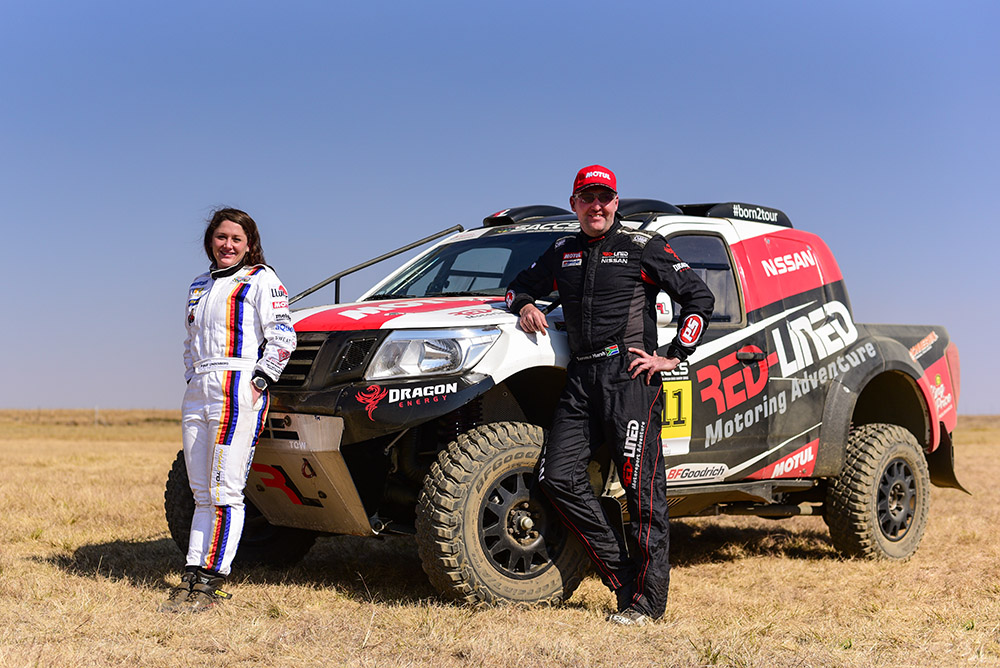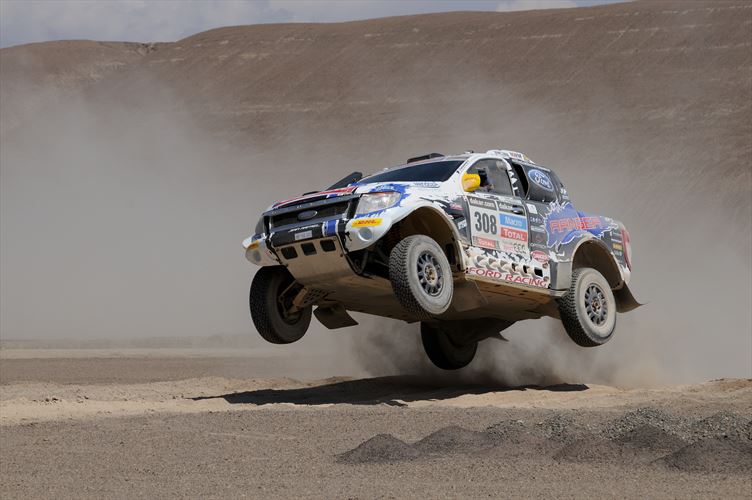I usually brag about South Africa’s off-road equipment industry, whose protagonists are avid off-roaders and expeditioneers who put their hearts and souls into developing gear for 4x4s. But I also use expletives when talking about some gear, and how it simply fails to meet the demands of overlanders who spend their money in good faith, but sometimes have to live with inferior products.
I am going to take a risk here and use the makers’ names. I say risk, because most of this gear is sponsored. I must therefore remind them, who will themselves no doubt use expletives when reading this, that my conditions on accepting gear to test is well known: If I like it, I get to keep it and I will sing its praises. If I don’t like it, I’ll return it with the freedom to say why. I will also give fair criticism so that the makers can consider my comments to alter the product if they so wish.
The idea for this article came to me during my recent Namib trip, where I took part in Uri Adventure’s fantastic Faces of Namib tour. During the trip I took along a new and untried 4×4 as well as some unfamiliar gear. Before my trip, as usual, I went into Outdoor Warehouse to buy some last minute items. On the list were two 360-Degree sleeping bags for my wife and eldest daughter. They seemed good value and the bags themselves are really nice. The trouble came when my daughter tried to return her bag into the pouch. Sleeping bag makers all do it. They make the pouches 10-20% too small for practical use. Their claim will be that many users, especially hikers, want to pack their bags as compact as possible. I have no problem with that but suggest they ask their customers if they want ultra-compact size or ease of use. I bet 95 out of 100 would choose the latter.
First night at camp we erected a brand new Natural Instincts Impressions-5, five-person tent. We struggled a bit because all we had to go by was the photo illustration on the bag (there were no instructions, which was probably just a mistake at the factory). Erecting the first part was simple. But when it came to the flysheet, things went awry.
It was only by night three that we figured out how the makers had intended it to be assembled. But what puzzled me was that the right way was also the awkward way, because getting the flysheet pole into its under-sized sleeve was difficult but not as difficult as getting it out again. A more cumbersome flysheet design I have yet to see.
In case you think I am knocking Natural Instincts, allow me to qualify my opinions. All tent makers suffer from the same size delusion: a five-person tent is suitable for five as long as nobody expects to get dressed while inside the tent. Five of us on our Natural Instincts camp beds could be squeezed in, but with no room at all to stand anywhere. Our bags had to stay in the car or be rolled under the beds where nobody could get to them. So actually, a five-person tent is really, practically speaking, a four-person tent.
Similarly, the four-person CampMaster tent I took to the Richtersveld early May is actually a four-person tent if everyone sleeps on the ground and is unnaturally friendly, a three-person tent if all sleep on the ground and are normal, or a two-person tent if they use any sort of camp bed other than a narrow, foam mattress.
My happiest new gear experience was the Natural Instincts camp beds. They are compact, assemble easily, fold up easily and are the most comfortable camp beds I have ever used. And, surprise, are easy to fit back into their bags. Hallelujah!
I also tried ARB’s new fridge freezer. No clinical trial, but it worked great.
The Namib trip was a challenge for any vehicle and an equal challenge for roof racks. I have happily used African Outback racks for years so was very surprised when I encountered trouble. Some of the tracks were very rough so they had to be taken at a reasonable speed if the vehicle was to keep moving in the thick sand. The worst were the undulations that threw the vehicle around violently. Anything not bolted to the rack would be thrown off and any rack design not up to the pounding would break. The first to go was a roof-tent attached to one of the hired Nissan pick-ups in the convoy. The canopy was torn from its mountings, no doubt due to the weight on top of it. Second to go were my water cans. The rack mounts simply bent back and let go. I bent them straight, selecting a new location for the clamp, but within an hour that broke as well. Luckily one of the organizers offered to carry one of the cans, so I had no more trouble that day. That evening I decanted one of the fuel cans to relieve the load on the second bracket that had now also bent. There is no doubt in my mind that these brackets need redesigning.
I bet African Outback’s opposition is chortling at this! But not so fast. A huge disappointment was the Front Runner roof-rack bag. I must ask: what is a roof rack bag for? I can only think of one answer: to keep dust and rain off items stowed on the roof. Is this bag dust proof? Yes. Is it waterproof? No. I am confident Front Runner’s response will be that it is designed for boxes and not for bedding. Why would anyone fit a box into a bag if not to protect it against dust and/or water? I cannot think of one reason. If the bag isn’t waterproof it should wear a large red label: ‘WARNING. THIS IS NOT WATERPROOF’. What puzzles me is that making it waterproof is so obvious. The bag is nicely made, with good quality stitching, an excellent zip and padded fabric. If it was waterproof it would be a really great piece of kit.
Also, I do not believe that it has ever been tested while full of anything other than Wolf pack boxes. There are small sleeves on the top designed to prevent the bag from moving sideways thus enabling a really secure tie down. These sleeves are too close to the bag’s edge and, as a result, if the contents are anything other than Wolf packs, the bag bulges and doesn’t tie down neatly at all. During my years of off-roading I have used a roof bag to stow pillows, sleeping bags, folding chairs, a small tent, ground sheets and blankets. Never a large, almost dustproof, almost waterproof box, that is best used for heavy things that should really be inside the vehicle anyway. I am interested if most other users agree with me and would want a bag that is waterproof.
And lastly, the 4×4 on trial. I mentioned in this magazine some time ago that I thought I needed to try softer and therefore safer 4x4s, to see if they could deliver the goods. I did a thorough, two week test with a Pajero GLX DID. My impressions will be reported at another time.
